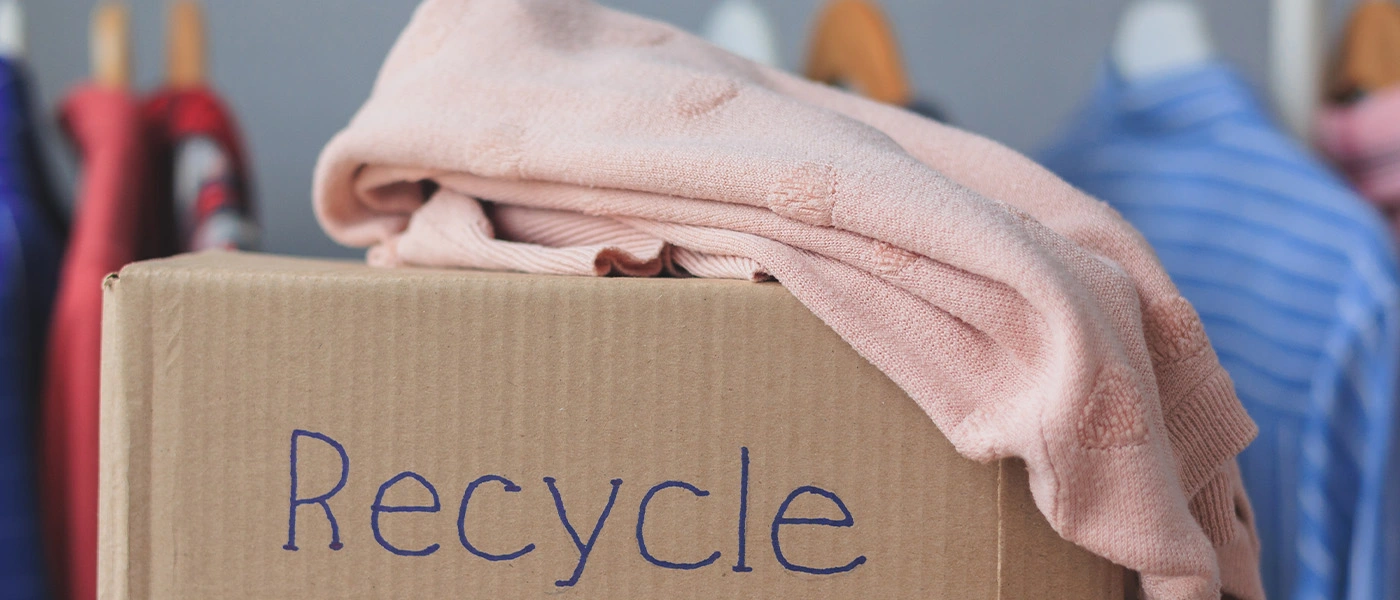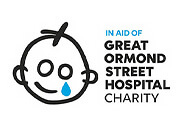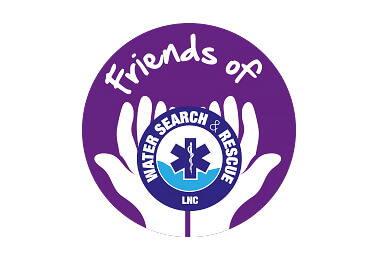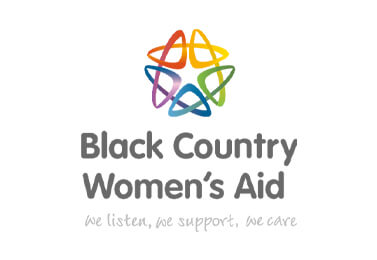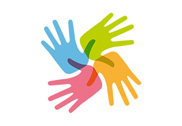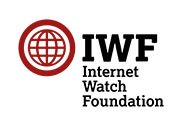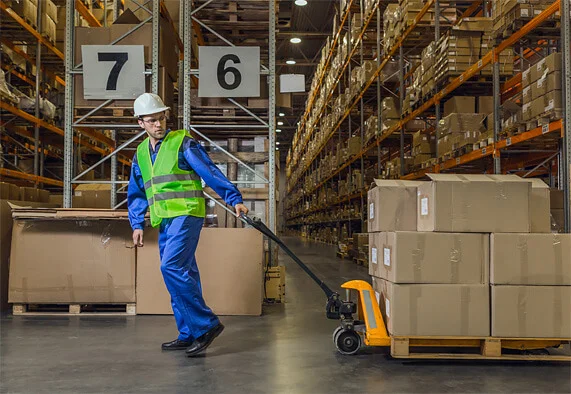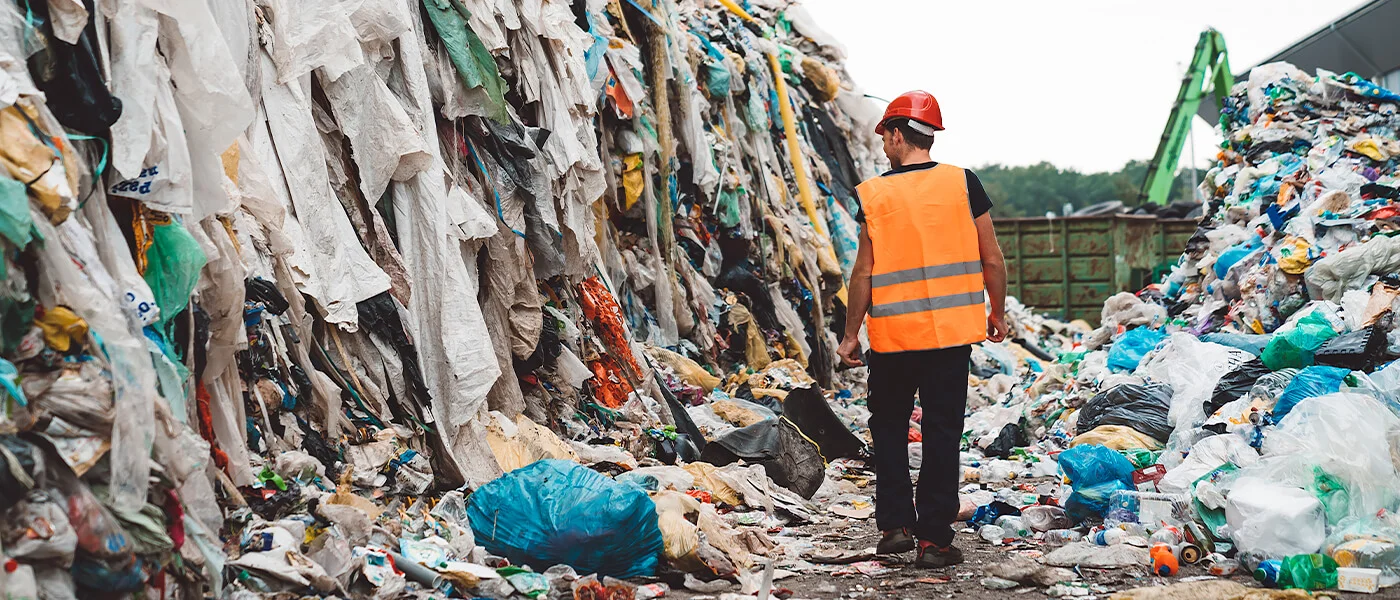How Clothing Recycling Works: Everything You Need To Know
There are several steps involved in clothes recycling.
The creation of awareness about clothing recycling. Clothing recyclers must raise awareness about the benefits and importance of donating old clothes and shoes.
Another way to raise awareness is bin markings and trucking. The bins are coloured to indicate which articles of clothing will be accepted and the charity that will benefit from the donation. Truck signage can help raise awareness about home pickup programs for clothing, such as the one offered by us.
Collection
There are many ways clothing recyclers can pick up clothes. Collection services can pick up clothing from public areas, clothing drives, and door-to-door collections. Bins are often placed in strategic locations such as parking lots at shopping centres or in retail parks. Maximise donations with containers that are brightly coloured and placed in high-traffic areas with high visibility to make them stand out.
Sorting clothing
Once clothing has been collected, it is divided into three categories: reuse, rags, and fibre. This is usually a manual process that requires knowledge of identifying different types of material. To segregate different material grades, you can use mechanical systems such as bins or conveyor belts to aid the process.
Recyclers estimate that around half of the donated clothes can be recycled. Recyclers may bale these garments for export to developing nations, while others sell them domestically in thrift shops. Another important residue of the recycling process is industrial cloth rags or wipes. Clothing can also be reduced to fibrous material.
Processing
Clothing and textile fabric are often made of synthetic plastics and organic cotton (biodegradable). Its composition will affect its recycling rate and durability.
Highly skilled and experienced workers sort and grade the collected clothing. These items are then sent to the appropriate destinations.
For polyester-based materials, the recycling process is a bit different. First, remove buttons and zippers. Next, cut the clothes into smaller pieces. The shredded fabrics can then be granulated into pellets.
The textile industry will continue to grow and will need to find ways to increase recycling rates and develop technologies to maximise the value of the recovered material.

